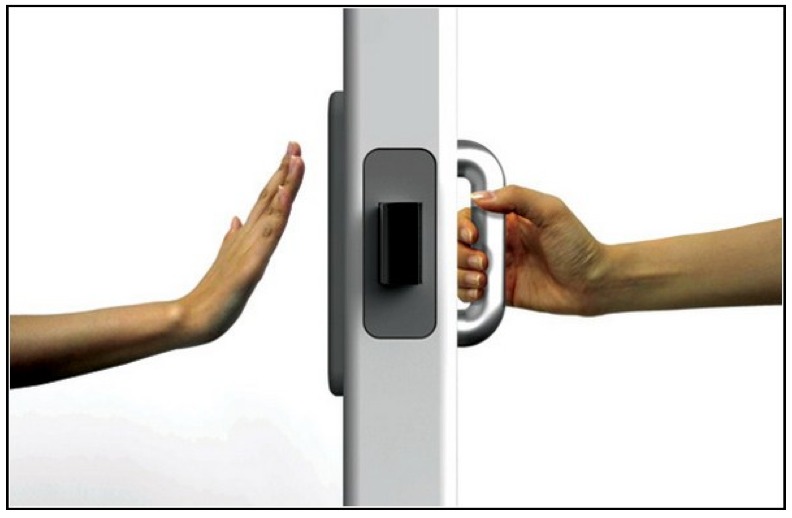An extract from the chapter:
“When you want to know how and why people do the things they do, the best people to learn from are the doers themselves, and the best place to learn is where the doing gets done. This is the simple premise of design research.”
It is common for people/designers who are doing research to find the information and understanding of a situation online through social media etc. However, Chipchase’s way of design research is more towards first hand experience and observation by going through the daily routine of the users in order to understand why these doers do the things they do.
“Rapid Cultural Calibration” technique
As stated in the chapter, the technique can help deepen our understanding of a new culture and compare it with our own and others we’ve visited.
An observation that I had when I was in Seoul recently:
In the morning, locals were seen to be dashing across the road to catch the green man from a distance (at first I thought they were running towards the bus, but they dash across the road instead), heading towards the nearby subway station. While here in Singapore, locals were seen to be “enjoying their morning walk” to the MRT station nearby.
Another cultural observation was the subway train in Seoul — the local’s behaviours towards the reserved seats. The seats at both ends of each cabin was strictly reserved for senior citizens. It was a rare sight to see youngsters or non senior citizens in that seat. Not only the reserved seats, but locals usually allows the elders to have their seat. Comparing to Singapore, the reserved seats were mostly occupied.
I like the idea of traveling around the cities you visit to observe and understand the actions and behaviour of people. It gives the designers more insights and ideas to the next product they would make with relation to the cultural needs/behaviours.
Questions:
- The conclusion of “great design research is by finding the right balance between formal and informal data collection.” Would doing only online research be considered as an imbalance?
- How much information/observations does one have to collect before proceeding to the next design phase?


